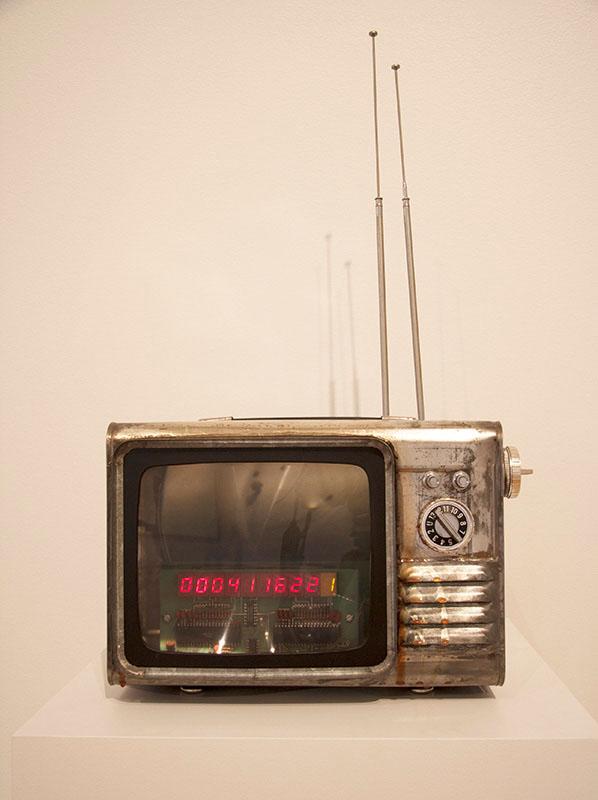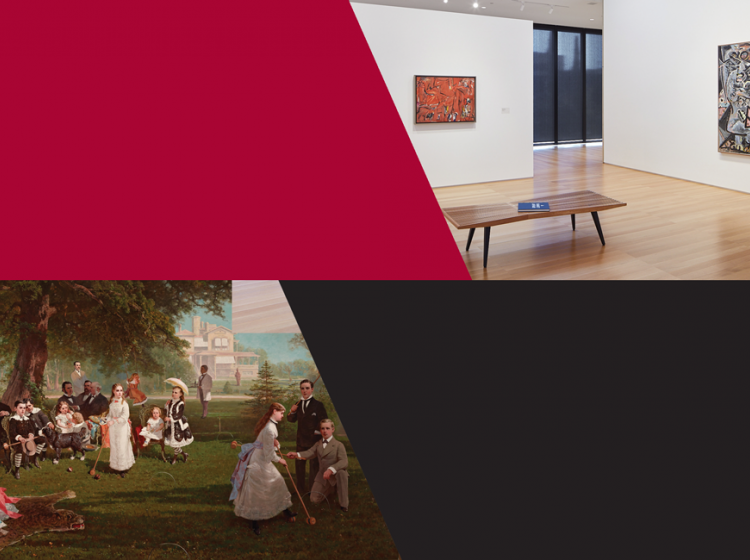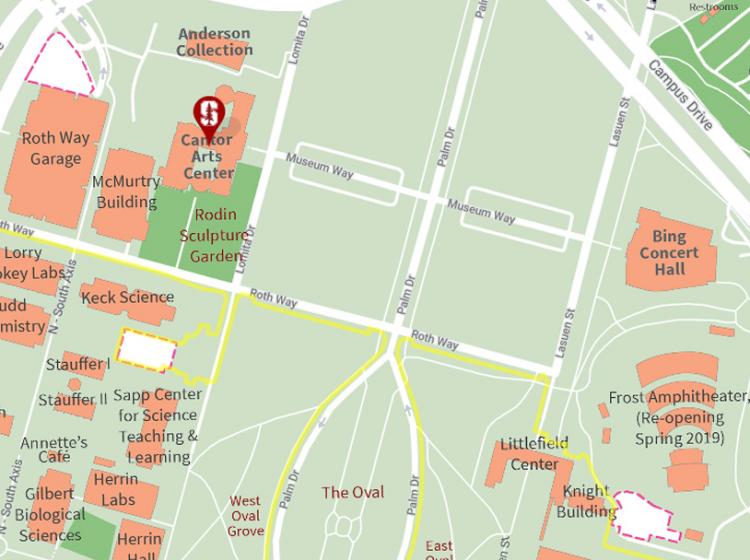Cantor Arts Center
328 Lomita Drive at Museum Way
Stanford, CA 94305-5060
Phone: 650-723-4177

Edward Kienholz and Nancy Reddin Kienholz (Edward Kienholz: U.S.A., 1927–1994; Nancy Kienholz: U.S.A., b. 1943), The Billionaire Deluxe, 1977. Metal, Fresnel lens system, light bulb, and solid-state electronic second counter. Gift of the Marmor Foundation (Drs. Michael and Jane Marmor) from the collection of Drs. Judd and Katherine Marmor, 2007.57
It is the medium that shapes and controls the scale and form of human association and action.
—Marshall McLuhan, “The Medium Is the Message”
Using works created since 1950, this exhibition explores the relationship between subject, content, and the materials that informed each object’s production.
The exhibition is divided into three broad categories that explore the notion of “medium” in its various contexts: a means of communication, the materials from which an art object is created, and a mediating apparatus between objects and subjects.
“In the Abstract,” explores how paint, metal, and fabric can be used as means of abstract communication. “The Sum of Its Parts” explores how artists have used nontraditional art materials for critical and expressive inquiry. Lastly, “The Faces We Present” reconsiders the limits of figural representation, investigating how portraiture can serve as a mediating apparatus between the past and the present.
Viewed collectively, these works suggest that an exploration of medium is one way of challenging dominant discourses around art, culture, and history.
Read the Stanford Arts story about the exhibition.

The Cantor Arts Center is located at the intersection of Museum Way and Lomita Drive in the heart of the arts district on the Stanford campus. The Cantor faces the Bing Concert Hall across Palm Drive, northwest of The Oval and the Main Quad.

Parking is limited. Stanford has a new contactless process to pay for parking, using the ParkMobile app, website, or phone. Prior to your visit, we recommend you visit the Stanford Transportation website to learn more about the updated visitor parking process.
